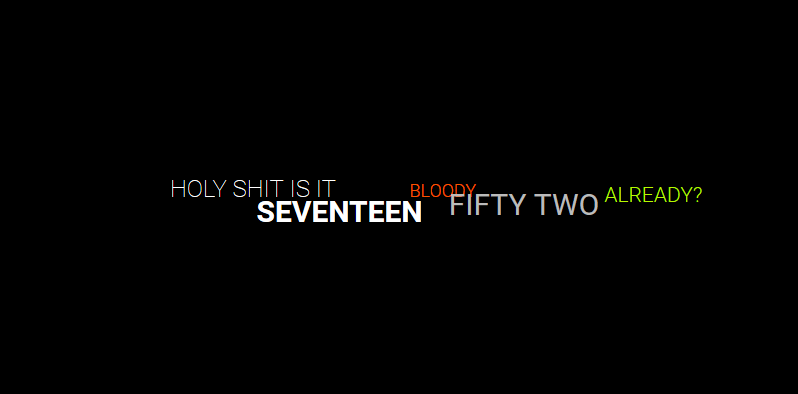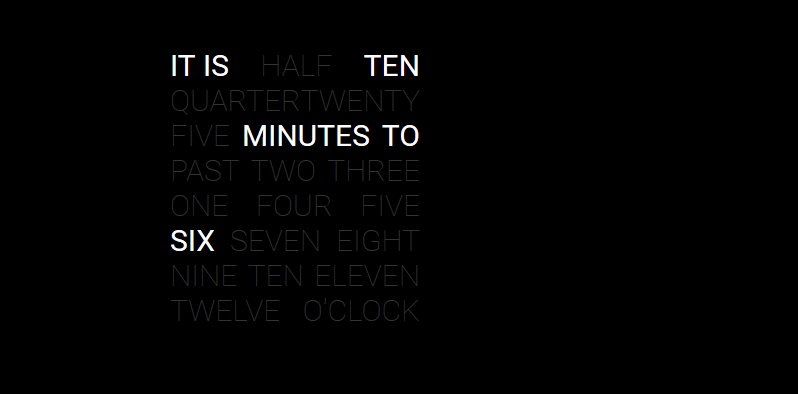Thickness doesn’t really matter.
But no, you can’t get glass that works perfectly in all lighting conditions, you basically have to decide where the mirror goes and choose type frome there.
My usual recommendations are :
Dark rooms, with limited/dimmed lighting go with 4-10% light transmission (not really recommeded at all, but this limits bleed through of the monitors backlight). Here you have the mirropane series that has models from 3% (chrome), 8% (chrome spy) and regular mirropane at 10%. And do note the chrome series has a “darker” reflection than mirroview that is brighter/more silver.
Normal lit rooms, without direct sunlight go with 12-20% light transmission (sweet spot is 12% when balancing readability and backlight bleed through).
Here you can find the regular pilkington mirroview at aprox. 20%
Public rooms, with much daylight or brightly lit places I would go with 30-50% light transmission, the drawback is however that you often see the screen behind it really clearly and thus loses much of the magic. But as you have noticed, practically it has to be around 50% to be used in daylight, or as stated above, just as a “hidden” tv. Here you get the mirroview 50/50.
A quck “fix” for low lighttransmission is to bulk up the text and symbols (use bold in a large font), it helps a little.
And when it comes to the reflection % get as high as possible, a normal mirror has about 85-98% reflection. Most two way mirrors has around 60%, often lower. Reflection is oftenly not considered when building a smart mirror, but it should be.






